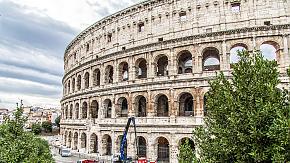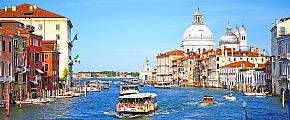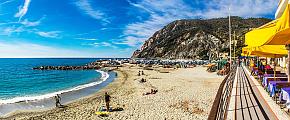8 Fun Facts About the Leaning Tower of Pisa
Why is the Leaning Tower of Pisa leaning? Is it the only leaning tower in the world? Is it still tilting? Is it possible to climb to the top? You must have many questions about this amazing building. As part of the Piazza del Duomo (Cathedral Square), a UNESCO World Heritage Site, the Leaning Tower of Pisa (Torre di Pisa in Italian) is full of fun facts that will amaze you.
- Leaning Tower Was NOT Supposed to Lean
- It Took 199 Years to Complete
- Galileo's Famous Free Fall Experiment
- It's Not the Only or the Most Tilted Leaning Tower
- 200 Million Euros Spent to Secure Stability
- You Can Climb to the Top
- Leaning Tower Survives Wars and Earthquakes
- Every Tourist Wants to Push the Tower
- Travel Tips for Visiting the Leaning Tower of Pisa
Leaning Tower Was NOT Supposed to Lean
Though famous for its leaning angle, the Pisa Tower was originally designed to stand vertically. Due to the soft soil and shallow foundation, this freestanding bell tower began to tilt during construction when the 3rd floor was built. At its worst, it leaned to 5.5 degrees. After restoration efforts, it currently leans at about 3.97 degrees. The height of the tower is not the same. The lowest side is only 55.86m, but the highest side is 56.67m.
 The Timeline of Pisa Tower
The Timeline of Pisa Tower
It Took 199 Years to Complete
Began in 1173 and finished in 1372, this architectural marvel was halted multiple times due to the tower's noticeable lean, wars, and financial issues. When it first began to lean in 1178, during the construction of the 3rd floor, the process was suspended for almost 100 years.
Galileo's Famous Free Fall Experiment
No matter whether it's a legend or a real story, the Free Fall Experiment by Italian scientist Galileo Galilei made the Leaning Tower of Pisa even more famous. By dropping two cannonballs of different masses from the tower, he demonstrated that the speed of descent is not related to their mass.
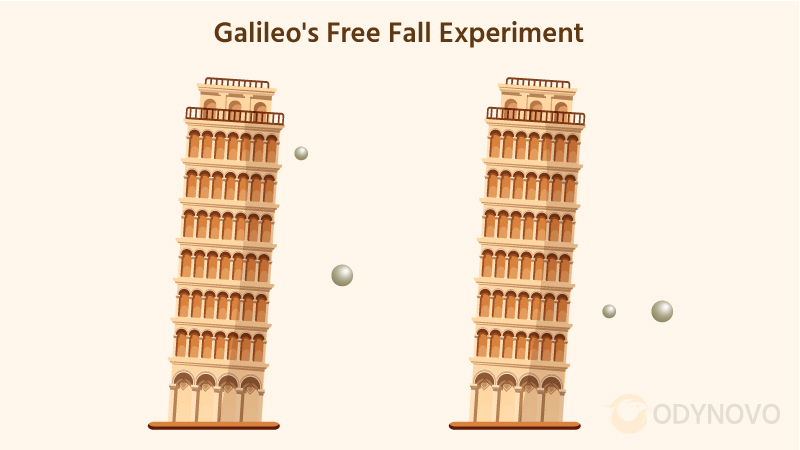 Free Fall Experiment by Galileo
Free Fall Experiment by Galileo
It's Not the Only or the Most Tilted Leaning Tower
The Leaning Tower of Pisa is the famous one, but not the only one, and not the most tilted one. Due to the geological conditions in Pisa, the bell towers of San Michele degli Scalzi and San Nicola also have a noticeable lean. There are many other leaning towers around the world, and the Leaning Church Tower of Suurhusen in Germany is the most unintentionally tilted, with a lean of 5.19 degrees.
200 Million Euros Spent to Secure Stability for at Least 200 Years
From 1990 to 2001, the Italian government and other organizations spent over 200 million euros to reinforce the Leaning Tower of Pisa. Engineers removed soil from the raised side and added counterweights to reduce the tilt. As a result, the tower was deemed safe to reopen, with stability expected to last for at least 200 years.
You Can Climb to the Top Despite Its Unbelievable Look
Though it looks a bit dangerous, it is actually very safe to climb. Visitors can ascend over 250 steps to the top of the tower in about half an hour, enjoying panoramic views of Pisa and its surroundings. Climbing the Leaning Tower feels like walking uphill with a slight loss of balance.
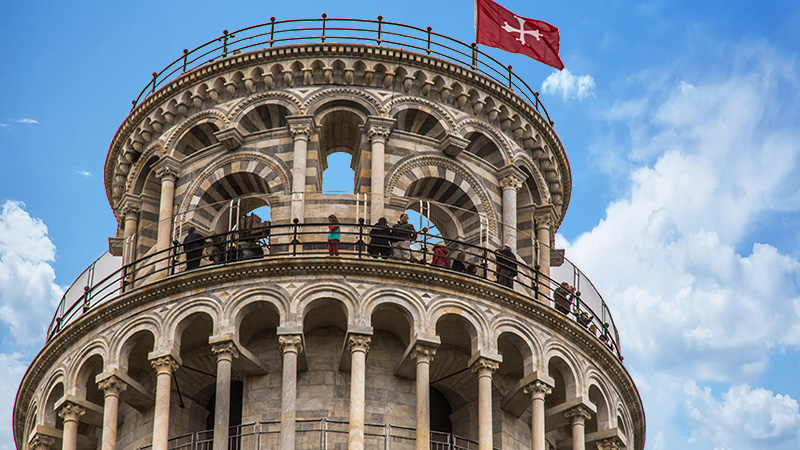 Top of the Leaning Tower of Pisa
Top of the Leaning Tower of Pisa
Leaning Tower Survives Wars and Earthquakes
The Leaning Tower of Pisa has faced many challenges. Besides funding shortages and the struggle with its tilt, it has also endured wars and earthquakes over the centuries. During World War II, the Allied forces suspected it was being used as a lookout post and nearly demolished it, but it luckily escaped destruction. Additionally, despite multiple earthquakes in the region, the tower's foundation has helped it withstand seismic shocks.
Every Tourist Wants to Push the Tower
You can't imagine how creative people can be until you see the photos of the Leaning Tower of Pisa with a variety of funny poses. Visitors often get playful with the tower, using clever angles to make it appear as though they're pushing, embracing, holding, or even kissing it. These creative shots of Pisa's iconic landmarks never fail to ignite social media feeds.
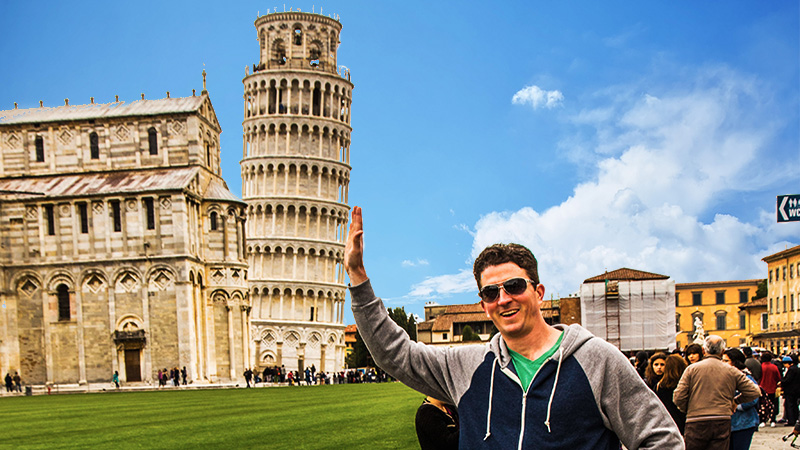 Push the Leaning Tower of Pisa
Push the Leaning Tower of Pisa
Travel Tips for Visiting the Leaning Tower of Pisa
Book Your Ticket in Advance
As one of Italy's top tourist attractions, tickets to the Leaning Tower of Pisa sell out quickly. It is advisable to book your ticket online or through Odynovo in advance, especially during the high season. Be mindful of strict entry times, and don't be late. Visiting in the early morning helps avoid crowds, while late afternoon offers the best lighting for sunset views, making it ideal for photos.
About Climbing to the Top
Due to the tower's lean, the spiral staircase is steep and slightly tilted. Comfortable shoes and minimal personal belongings are recommended. Children under 8 are not allowed to climb.
Explore Beyond the Tower
When visiting the Leaning Tower, don't miss the other highlights of Piazza dei Miracoli (Square of Miracles). The Pisa Cathedral, the Baptistery, and the Camposanto Monumentale are all part of this historic site. Beyond the square, you can also explore attractions such as Piazza dei Cavalieri (Knights' Square), Museo delle Sinopie, and the Arno River.
Go and See This Jaw-Dropping Architecture for Yourself
The Leaning Tower of Pisa is more than just a tilted structure - it's a testament to history, science, and human ingenuity. No words or pictures can fully describe its entirety. Learning these eight fun facts about the tower is just the beginning. What other fascinating details will you uncover? Check them for yourself on your Italy tour!
Quick Question
Related Posts You May Like
What Our Clients Say
Explore the latest verified reviews of Odynovo's travel services on Tripadvisor, Google, Trustpilot, Product Review and more trusted platforms.
SUBSCRIBE TO WIN A FREE TOUR
Subscribe to our newsletter for a chance to win a free 7-day tour to India! And more insider travel news, exclusive offers, and inspiration will be sent straight to your inbox. Check our previous newsletters and get some sparks.




